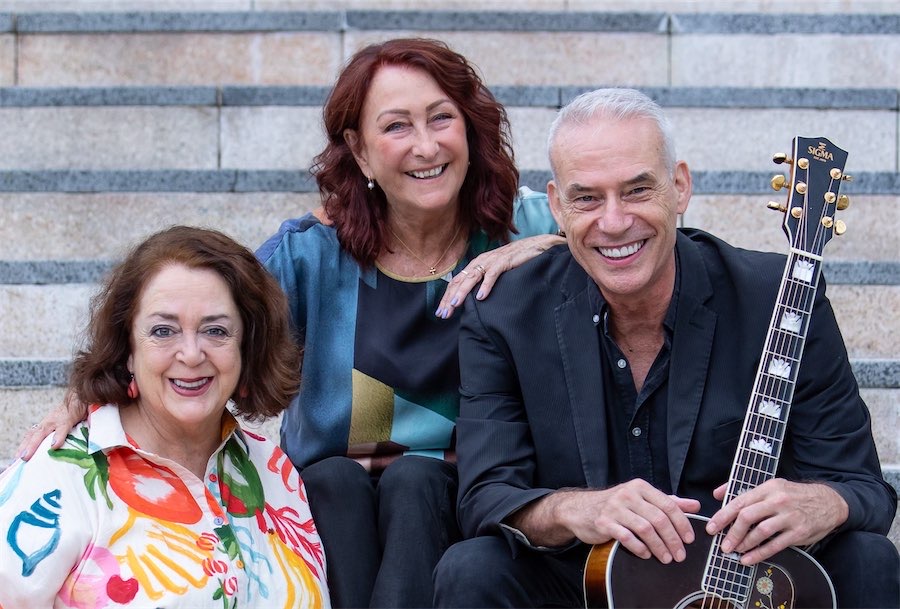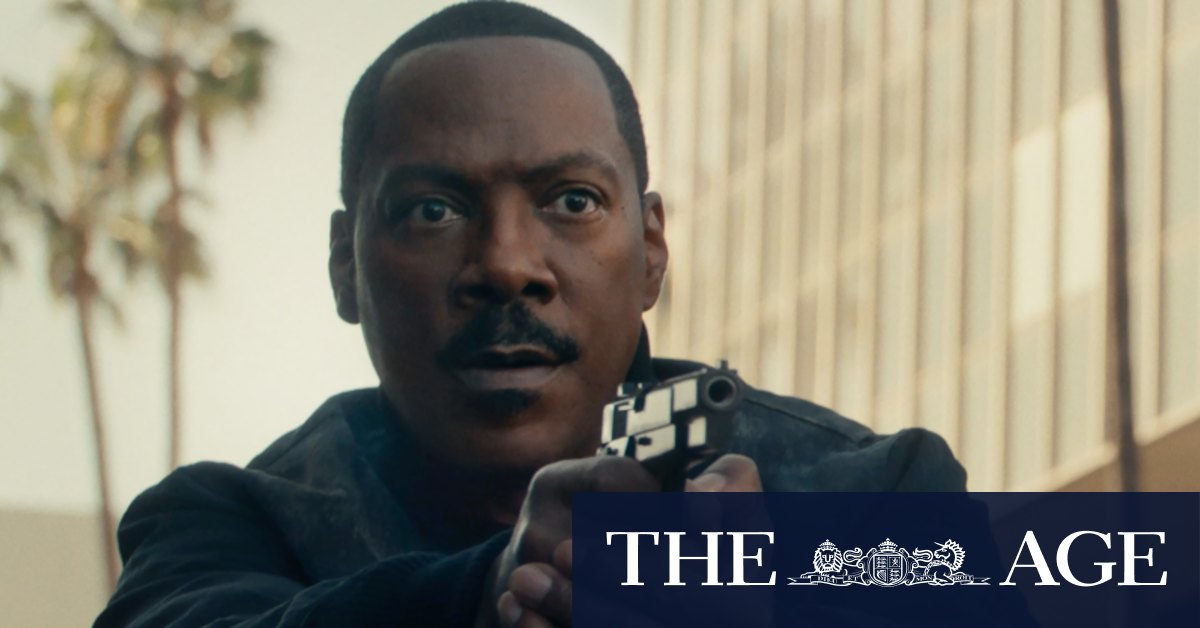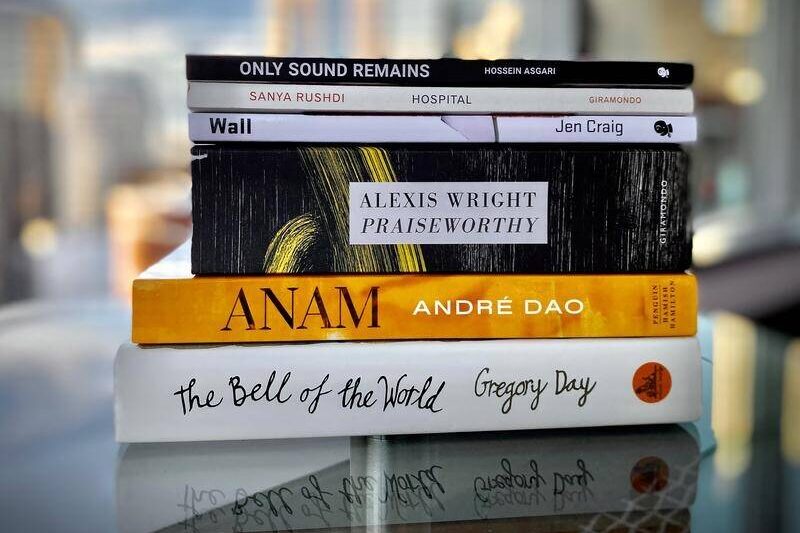Julian Laffan, Prelude I (Old Canberra House), woodcut on birch ply, gouache, oil, pencilVisual arts / Julian Laffan, Tree Songs – paintings. At Beaver Galleries, until June 8. Reviewed by KERRY-ANNE COUSINS.
Canberra artist Julian Laffan’s exhibition includes small landscapes and carvings of Australian birds.
The pictorial images are personal evocations of trees in rural settings and towns, by lakes and by the sea. They include familiar trees associated with the Ngunnawal/Ngambri and Yuin Country of the ACT and NSW south coast as well as the Maori associated places of Tapu and Kaiteriteri in NZ.
Laffan focuses on trees as a leitmotif that unites these works. The trees and their environs have a specific association for the artist and his family.
Two paintings Braidwood Ballad (Golden Raintree) and Last Summer – Golden Ash (Braidwood) are both works in which each of the trees covered in autumn leaves cast a yellow glow over the rural scene.
In Requiem (Lake Burley Griffin) the colours of autumn are reflected in a massed group of trees against the lake and sky.
Changing moods of nature are also explored in other works. In Prelude ll (Queen’s Gardens, Nelson, NZ), the Claude Monet-style bridge casts reflections on a leafy pool and in the work, Among the Pohutakawa (Stephen’s Bay, NZ) the vibrant red flowers of the Pohutakawa tree make a strong contrast to the startling blue water of the bay.
In the work Early Morning – Mt Painter, the sky becomes transfigured by soft blue and pink rays of light while in two other works, Tree Song (Old Canberra House) and Prelude 1 (Old Canberra House), it is the setting sun that creates a backdrop for the lace like silhouettes of trees outlined against lake and sky.
Nocturne (in the trees of Cook – Blakely’s Red Gums) is a very effective image. The dark silhouettes of the trees create a poetic atmosphere just before darkness descends. It is a time that can give rise to romantic nostalgia and evokes for me the works of the Australian artist Sydney Long (1871 -1955) whose paintings created the idea of an Arcadia in the Australian landscape.

The series of realistically painted birds comprise two-dimensional cut outs in plywood. They include among them a very lifelike Magpie, as well as the Godwit, Superb Fairy Wren, Eastern Spinebill and Wattlebird dwarfed in size by the Tui (native to NZ), the Powerful Owl and Lyrebird.
The Powerful Owl is quite large (62cm x 42cm) as befits his avian status while the elegant Lyrebird gavottes with a graceful flounce across the wall. These birds are very attractive, depicted by the artist with close attention to detail that does not reduce them to lifeless specimens.
To make these works the artist has used an idiosyncratic variation of the old craft of woodblock printing. The familiar features of the traditional woodcut block are the marks gouged into its surface.
When this surface is covered with a printing medium like ink it enables the image to be transferred to another surface as a print. Laffan carves his images onto small panels of plywood.
However they are not designed to produce a print as Laffan then paints this textured surface with gouache, acrylics and ink so that the carved wood becomes the image itself.
The artist obviously finds the actual process of carving the wood very meaningful. The emerging image he creates becomes the actual realisation of his creative idea and the block itself is the work and not merely a vehicle for reproduction discarded after use.
Julian Laffan has created a series of works that reflect a very personal experience of his environment.
Who can be trusted?
In a world of spin and confusion, there’s never been a more important time to support independent journalism in Canberra.
If you trust our work online and want to enforce the power of independent voices, I invite you to make a small contribution.
Every dollar of support is invested back into our journalism to help keep citynews.com.au strong and free.
Thank you,
Ian Meikle, editor





